5 of Edinburgh’s 101 Most Treasured Objects

To celebrate the year of History, Heritage & Archaeology a guide to Edinburgh’s most treasured 101 objects has been put together by several of the city’s attractions as well as various tourism and heritage bodies. Here you can learn about our wonderful city and its past through Edinburgh’s fascinating historical sites, attractions and figures. The 101st object is still to be added to the list, and it’s up to the public to suggest what it’ll be. There is so much to discover on this incredible list that we decided to pick 5 of our favourite objects that you probably haven’t heard of before…
The Book Sculptures (#41)
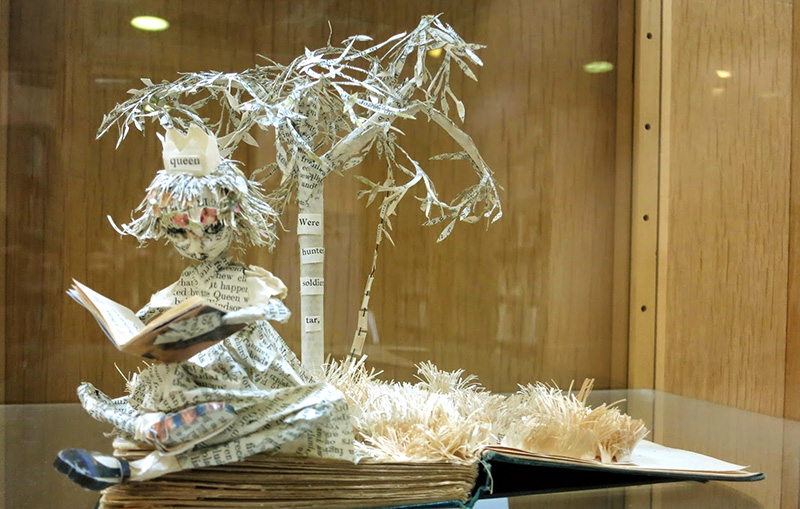
It all started in March 2011 when a librarian at the Scottish Poetry Library found a small box with a highly detailed miniature tree made from the leaves of a book, accompanied by a note saying “This is for you, in support of libraries, books, words, ideas… a gesture (poetic maybe?)”. Nine more mysterious sculptures were found in libraries and cultural venues across the city and can now be admired at the Poetry Library just off the Royal Mile.
The World’s Oldest Palm? (#46)

Brought to Edinburgh over 200 years ago as a seed, the magnificent Sabal Palm in the Tropical Palm House at the Royal Botanic Garden is the garden’s oldest plant and possibly the oldest Sabal palm in the world. If you wonder how that is possible it’s because the Sabal palms that grow natively in Bermuda tend to get blown down by tropical hurricanes.
An honourable penguin (#57)
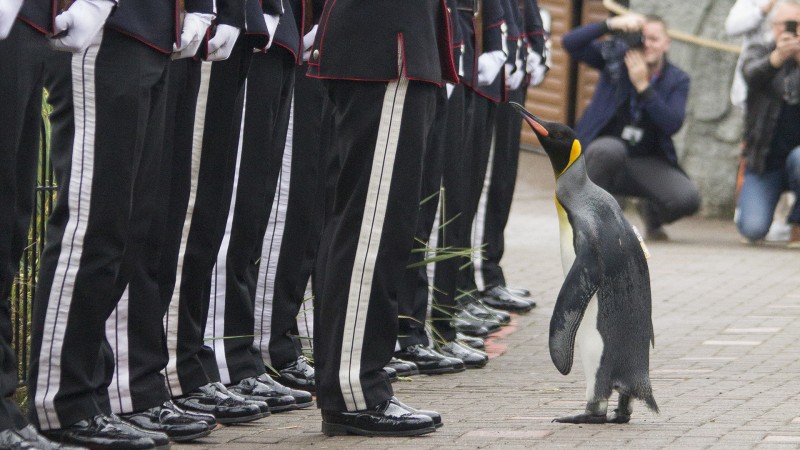
At Edinburgh Zoo lives king penguin Brigadier Sir Nils Olav. His rise through military ranks started in 1972 when Norwegian Lieutenant Nils Egelien took a liking to him, adopted him and named the penguin after himself and the Norwegian king. King Olav V later made Nils Olav Lance Corporal and in 2016 Nils Olav was made Brigadier. Although king penguins can live up to 30 years in captivity, there has been three Nils Olavs so far – his name and rank is hereditary. Did you know that on 17 May every year Edinburgh hosts the largest Norwegian Independence Day parade outside Oslo?
Pocketbook made from the skin of William Burke (#98)
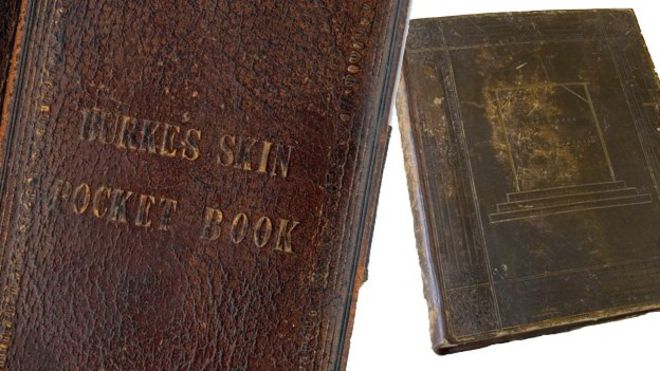
At the beginning of the 19th century Edinburgh was a hotspot for Anatomy studies and students from all over the world came to study this new science. Before the Anatomy Act in 1832 only corpses of executed criminals could be used for dissection – which added up to no more than 55 a year. This meant more bodies were needed and two Edinburgh entrepreneurs, Burke and Hare, discovered they could make good money by selling bodies to the School of Anatomy in 1828. Burke and Hare took it one step further than grave robbing and started murdering people – over the course of 10 months they killed 16 people. Once discovered, William Burke took the blame and was publicly dissected at the University of Edinburgh. The book is on display at Surgeon’s Hall Museums and Burke’s bones at the Anatomical Museum.
Arthur’s Seat Coffins (#99)
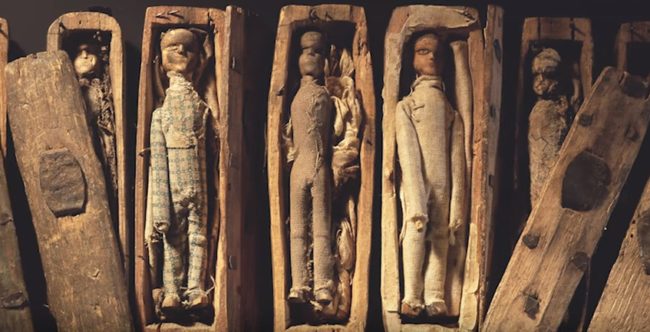
In 1836 a group of schoolboys were hunting rabbits on Arthur’s Seat when they stumbled upon a mysterious hidden collection of 17 tiny coffins with carved wooden dolls inside. There has been many speculations ever since, such as them being ‘Satanic Spell Manufactury’, land burials for the souls of sailors lost at sea or perhaps they represented Burke and Hare’s victims? The coffins remain a mystery and can be seen at the National Museum of Scotland.
Come and discover Edinburgh yourself!

Our centrally located Edinburgh self catering apartments will be the perfect base for exploring the city and its incredible past. We let our unique, fully equipped homes from 3 nights up to 6 months and we’re always there for our guests if they need us.

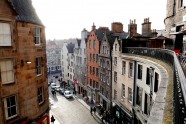
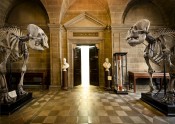
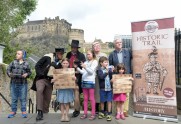


Leave a Comment